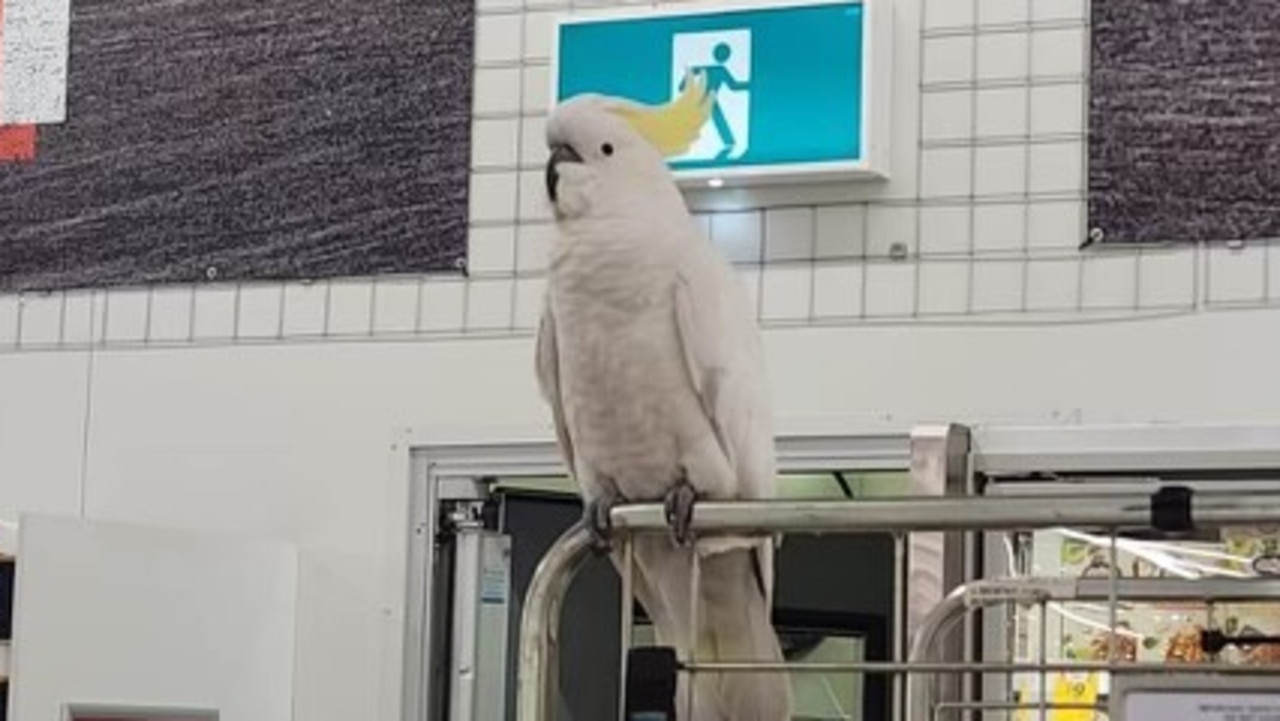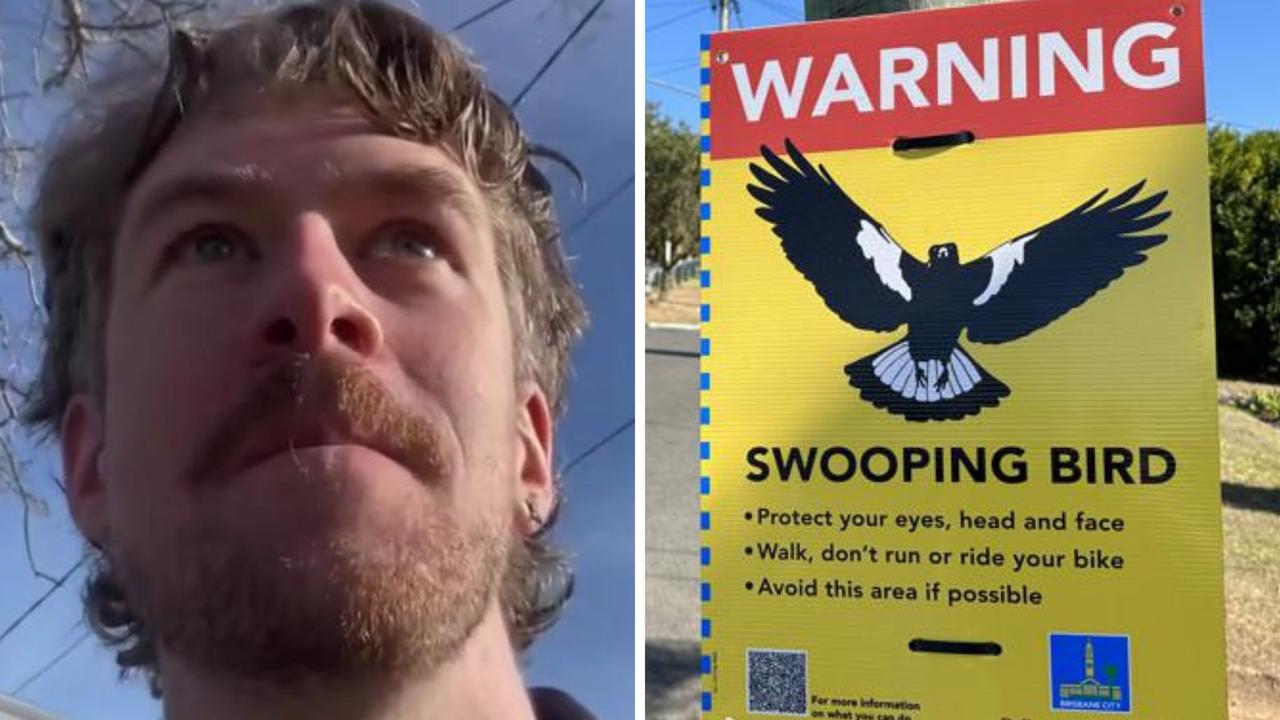White washed up whale is not beloved Migaloo
Authorities have revealed whether a dead humpback is beloved white whale Migaloo after its corpse washed ashore.
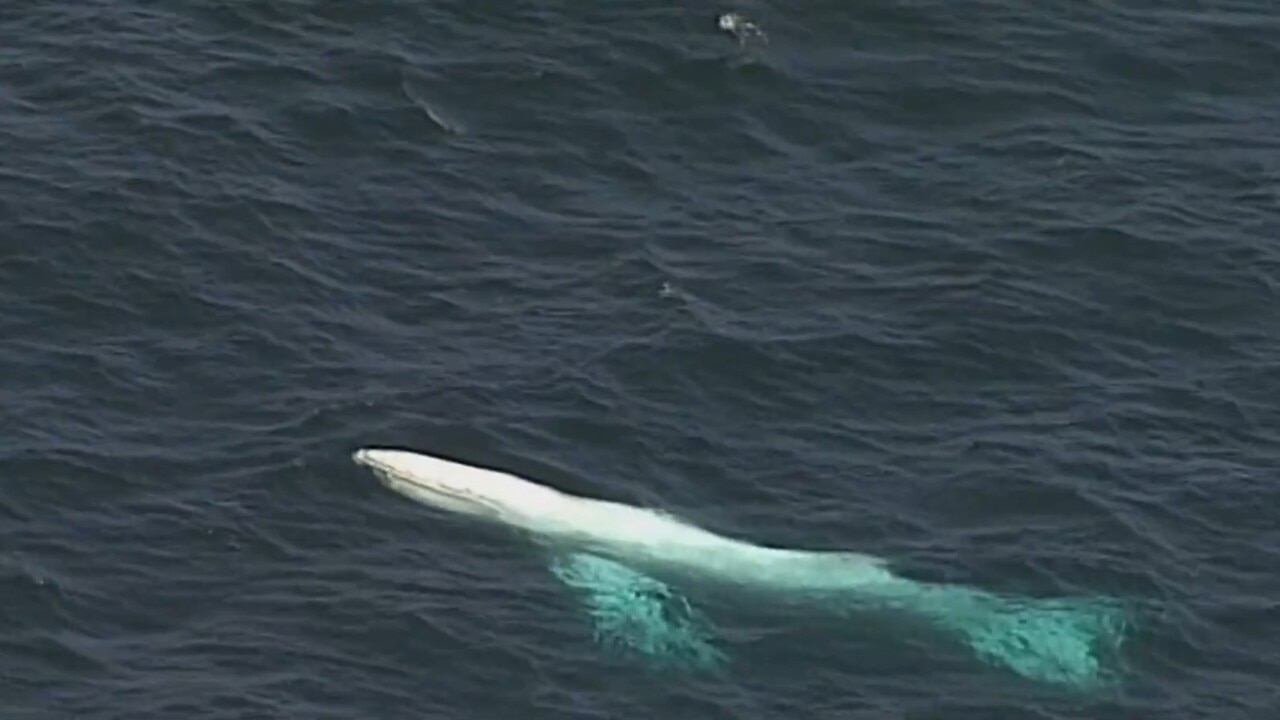
A humpback’s corpse which washed ashore in Victoria’s east is not beloved white whale Migaloo.
Confronting photos surfaced on Saturday of the whale’s dead body on a Mallacoota beach in East Gippsland, fuelling fears it could be the famous animal.
But Victoria‘s Department of Environment, Land, Water and Planning have confirmed the dead whale is not Migaloo after examining images of the scene.
DELWP Officers have examined images of the dead Humpback Whale at Mallacoota and have confirmed it is a sub-adult female. Migaloo is a male,“ DELWP Regional Agency Commander Peter Bick said on Sunday.
“DELWP and Parks Victoria staff will be further assessing the carcass over coming days.”
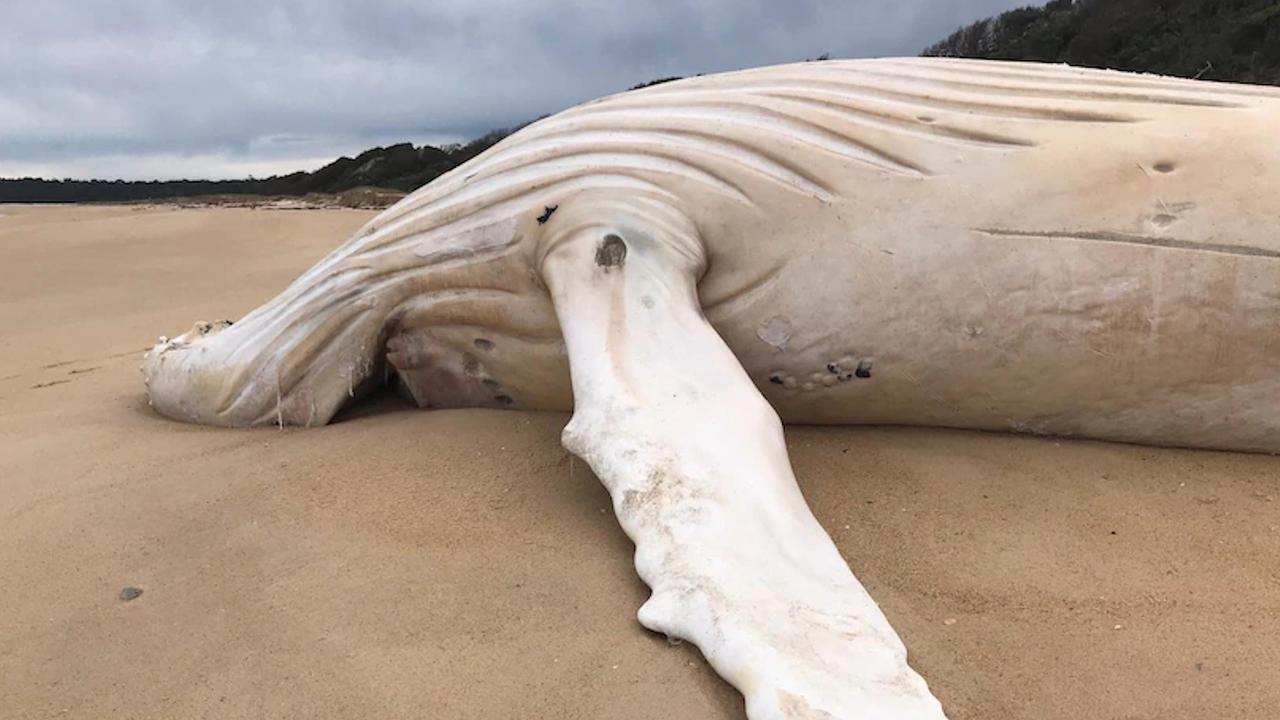
Scientists and officials had been working to determine whether the dead whale is Migaloo by taking a genetic sample from the body and photographing the fluke (tail) to compare it to past images.
The public have been told to stay 300m away from the carcase as it is an offence.
Wildlife scientist Dr Vanessa Pirotta and the team at the White Whale Research Centre had said earlier on Sunday it was likely another whale.
“We have come to a very, not 100 per cent conclusion right now … this could potentially be another whale and not Migaloo,” Dr Pirotta told ABC News on Sunday.
“Genetic testing will essentially tell us 100 per cent if this is Migaloo or not. But at this stage, the team and I have worked on an initial assessment, we‘re not in the field just based on what we’re seeing, is that it’s most likely not (Migaloo).
“We’re piecing together the puzzle but it seems at this stage, without genetic testing, it’s around over 50 per cent not likely Migaloo, but I will say with caution we need genetic testing.”
The Marine Mammal Foundation also said “early assessment of gender and skin degradation suggests it’s not Migaloo”.
Dr Pirotta cited darkened skin and barnacles on the throat as key features they found while assessing the images.
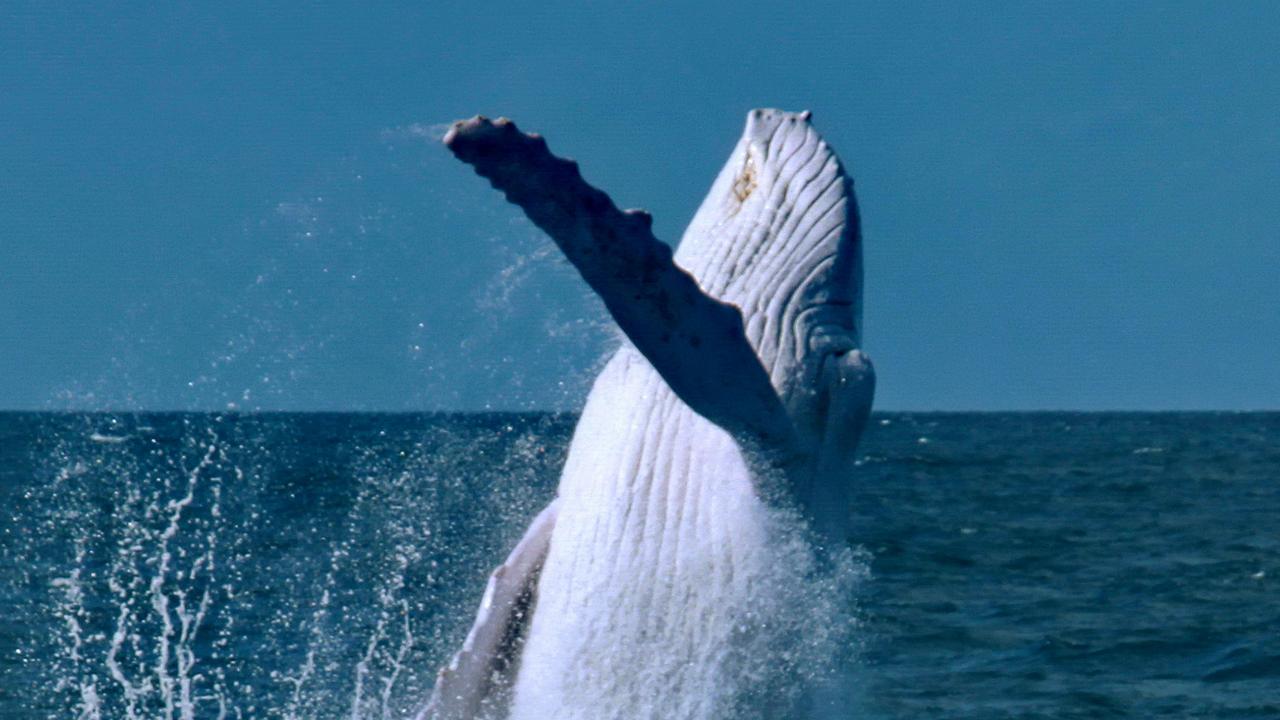
“It seems to most likely be a white whale or at least a whale that has been a darker pigmentation that potentially has passed out at se, and washed ashore and weathered overtime,” she said.
“When you can see the barnacles attached to that black area there that indicates that that was external skin.”
Migaloo has brought joy to Australians and people across the world for decades, with thousands clamouring to the east coast over the years in the hope of spotting the rare animal.
It is estimated that he was born in 1986 and was first spotted in Byron Bay in 1991.
Until 2011, it was believed that he was the only white whale in the world and there remain only three to four others.
Migaloo’s name means “white fella” in several indigenous languages and special Queensland and commonwealth laws are in place to protect him due to his uniqueness.
He has not been officially sighted since 2020 after he lost his tracking chip.

